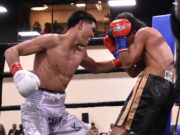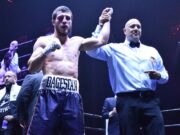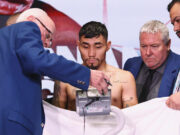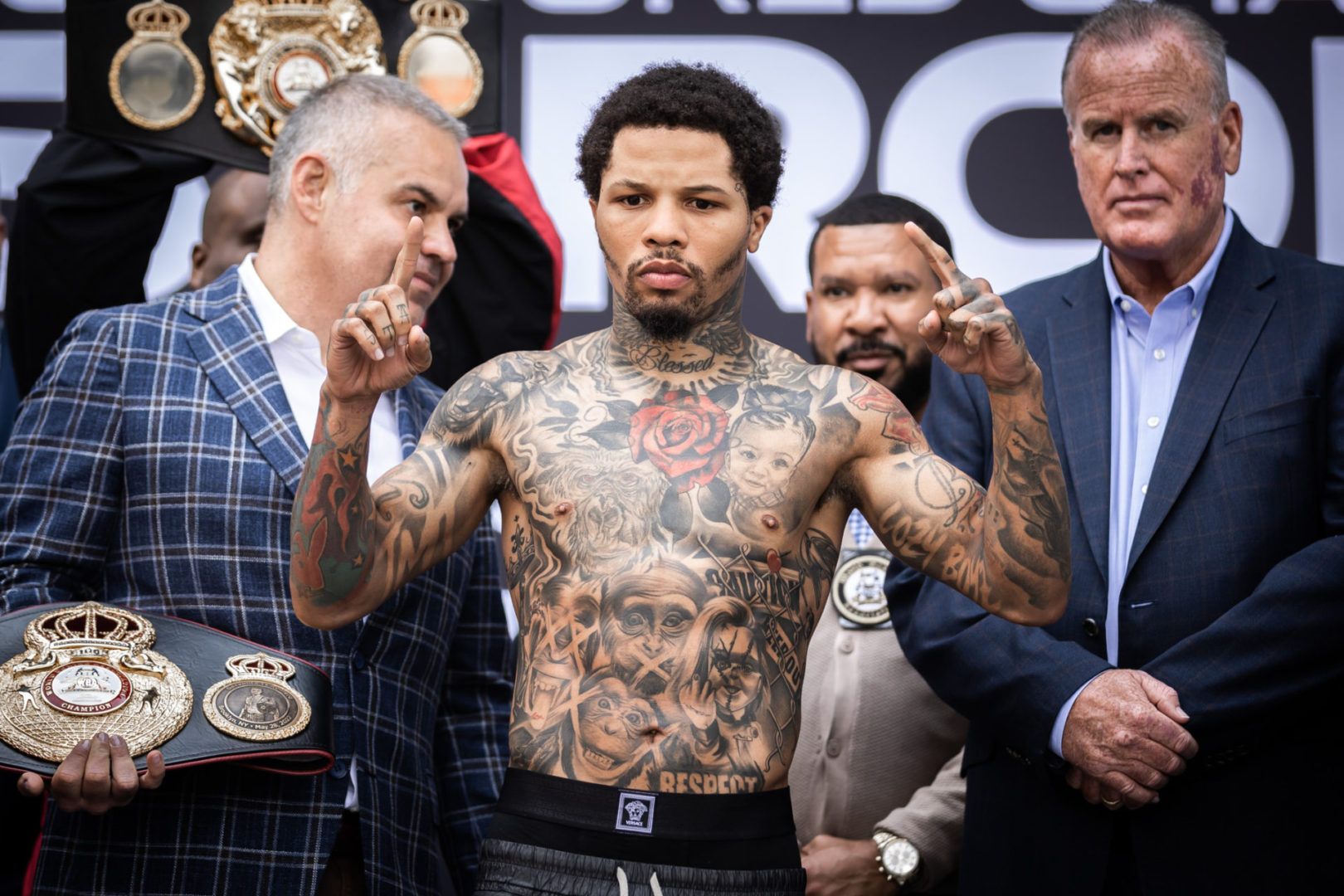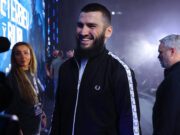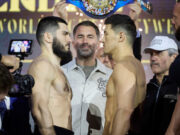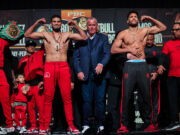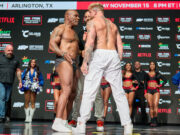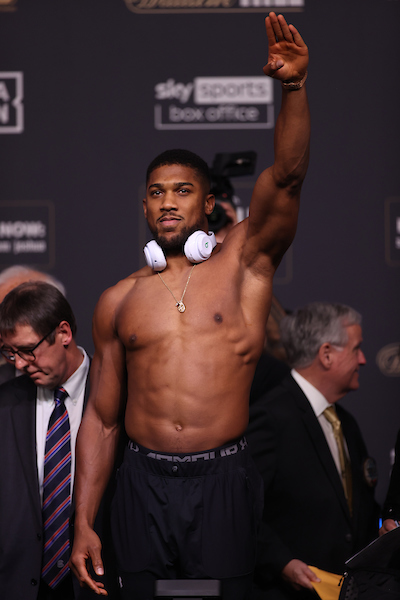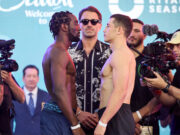Here’s what happened Saturday. An excellent junior welterweight prizefight scheduled for 10 rounds ended in the seventh. The busier and more effective man through the match’s opening five rounds was startled in the sixth and wobbled in the seventh. Headbanging on stiffened legs, he was one landed-punch from unconsciousness but not felled. A referee erred on the side of caution, and the right man won. Both fighters were gracious afterwards. Each was open to a rematch.
If Brandon Rios’ technical-knockout victory over Mike Alvarado on the tennis courts of Carson, Calif.’s Home Depot Center was not every fanciful thing for which youngsters set their DVRs, it was close enough. It was, in fact, fantastic. Its six rounds, one minute and 57 seconds – the fight’s duration when it was stopped with Alvarado still on his feet – were the equal, in courage and violence and brutality, of every 12-round fight yet seen, and likely to be seen, in 2012.
The fight was decided by right hands: where they were placed, and where heads were, or weren’t, put to avoid them. It made for a curious spectacle when the match turned on a midfight adjustment made by our sport’s proudest caveman, Brandon Rios, and not his larger, more refined, better-situated opponent. That adjustment was the everything-must-go right hand Rios threw in the sixth and ended Alvarado with in the seventh.
Did Rios mean to wait so long to throw it? After his 12 unskilled rounds with Richard Abril in April and the opening 16 or so minutes with Alvarado, you’d have thought: No, it’s impossible Rios didn’t throw a punch, out of strategy. Rios doesn’t bother himself with strategy because it tires him more than having his brain sloshed round its protective shell, evidently. After the adjustment was made, though, made and returned to – trainer Robert Garcia cheering, not plotting, once Rios discovered it himself – you at least must wonder.
But first is the question of how Rios got himself in a position to throw the punch, and the answer, truly, is that he got in position for the right hand by taking himself entirely out of position for the left. And he did that to avoid Alvarado’s right uppercut, a punch Alvarado lustily winged in the fight’s opening round and nearly every round after. It’s the only punch a prizefighter of Rios’ pedigree fears because there is nothing inescapably disorienting or jarring as dropping one’s head on another man’s upwards-rushing fist. It is a punch that needn’t travel more than a foot to devastate its target. Rios solved the problem of Alvarado’s right uppercut – a punch Rios was acutely aware Alvarado had in his arsenal, and constantly sought to avoid – by placing his head outside Alvarado’s left shoulder, on the way in.
Rios then did the same astoundingly wrong thing with Alvarado he perfected against Abril: Punching a man in the head with your left fist after settling your head behind the man’s left shoulder. A contortionist’s error of such stupefying lines Picasso couldn’t have drawn it, Rios’ tactic was to uncoil a punch from an already, and entirely, uncoiled position. It didn’t work. And while it wasn’t working, Alvarado, the larger and smoother and better balanced man, moved Rios round the ring with his jab and right hook.
Channeling Floyd Mayweather – ultimately to his detriment – Alvarado threw right hooks round Rios’ high guard the very way Mayweather did to Miguel Cotto in May. And Alvarado’s right hands stung the smaller man more than Mayweather’s right hands stung his larger man in May. Alvarado, too, kept his lead, left, hand low in an effort to catch Rios’ right hands with his raised left shoulder. Such a defense is a counterpuncher’s specialty and an inane tactic for an offensive fighter like Alvarado to employ, and his corner said as much several times. Mayweather catches opponents’ right hands on his high lead shoulder because Mayweather looks for opponents’ right hands at every fraction of every second of every round, and has for years. Alvarado, incredibly, dropped his lead guard then forgot Rios had a right hand at all.
Wrong as it was for Rios to start left hooks from outside his opponent’s left shoulder, that spot was the perfect place to begin right hands from, as Rios discovered (or planned?) in round 6. His body cocked rightwards, his left shoulder turned forward in an otherwise squared-up stance, Rios yanked his head across the plane of Alvarado’s chest, and brought his right hand behind it. Rios’ overhand rights landed in a way reminiscent of southpaw Sergio Martinez’s left hand on Paul Williams in 2010, with one difference that might lead purists to credit Rios more than one is generally inclined: Rios kept his eyes on Alvarado’s chin the whole way, ensuring the punch landed precisely where he aimed it.
Was the stoppage by referee Pat Russell too quick? Yes, by a punch. Alvarado was absolutely in peril, genuinely out of his mind. He was still upright, though, and appeared to be readying either to hold Rios’ head down or clinch him. Would it have made a difference? That is doubtful.
“Maybe the ref should have given him a little more time,” said Rios, whose words, for coming from a masochist more than a sadist, have weight.
“I thought that was stopped a little too early,” said Alvarado afterwards. “Yeah, I was surprised by it.”
The fight’s stoppage precluded the exact parallels to the Gatti-Ward I and Corrales-Castillo I fights aficionados were hoping to draw, and so – very well. There’s an even better trilogy that began with a fight that did not see the eighth round, though: Rafael Marquez versus Israel Vazquez. Let the first man who does not wish to see Rios-Alvarado II call Saturday’s match a failure of any kind.
Bart Barry can be reached at bart.barrys.email (at) gmail.com

